Greedy Pig Dice Game for Practicing Probability
This blog post contains Amazon affiliate links. As an Amazon Associate, I earn a small commission from qualifying purchases.
I learned how to play the greedy pig dice game from my cooperating teacher at the middle school level who learned it at a workshop. Since becoming aware of this game, I’ve seen various versions floating around the internet.
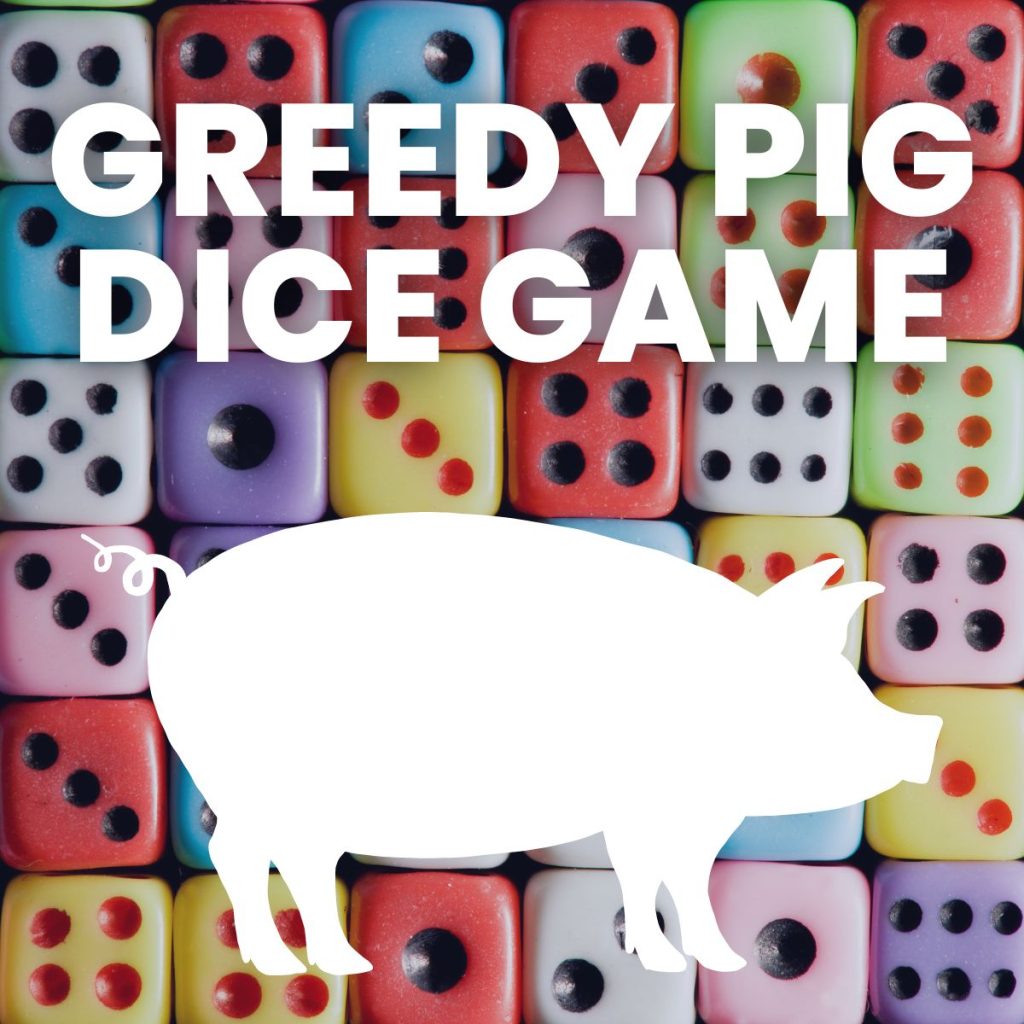
As part of my probability unit with my 8th graders after the OCCT, my cooperating teacher suggested that I spend one day playing this.

The goal of the greedy pig dice game is to score the most points possible. Points are scored by rolling a single die. Each time the die is rolled, you must add the number on the die to the sum of your previous rolls. (This game provides students an awesome opportunity to practice their mental math skills.) A player can roll the die as many times as they wish. However, if a 1 is rolled, the player’s score goes to zero. If this happens, you become known as a “greedy pig.” Whenever you are happy with your score, you may choose to stop.
We had students play in groups of four with one student both playing and serving as the scorekeeper. Students were competing to earn both the highest score per round and the highest score of the class period. A round consisted of each player in the group taking one turn.
This game taught me to appreciate the existence of foam dice. They are silent. They are much less likely to go flying off the desks at every turn. My students enjoyed playing the game with the larger foam dice.
Even though we discussed the probability of rolling a 1 on a standard die, many students still mistakenly believed that the probability of rolling a 1 increased with each roll of the die.
This game provided students with excellent, much-needed mental math practice, sparked many excellent conversations about probability, and made for a relaxing class period the day after taking the state math test.
Variation of the Greedy Pig Dice Game
Other versions of this game feature a single roller for the die. To begin, the entire class stands up. When students are happy with their score, they sit down. When a 1 is rolled, any students who are standing receive the score of zero and are “greedy pigs.”
More Resources for Teaching Probability
- 3 Circle Venn Diagram Template

- Engaging Probability Games and Activities
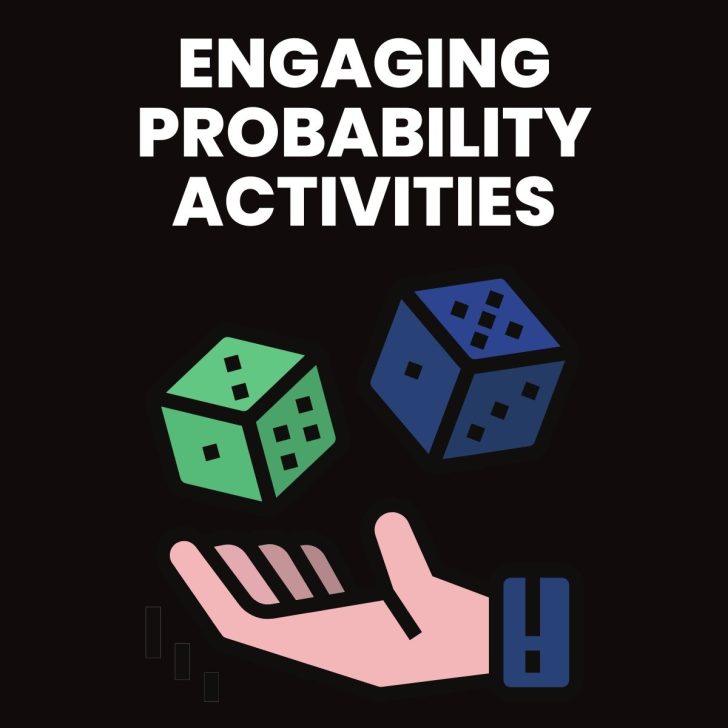
- Left Center Right Dice Game
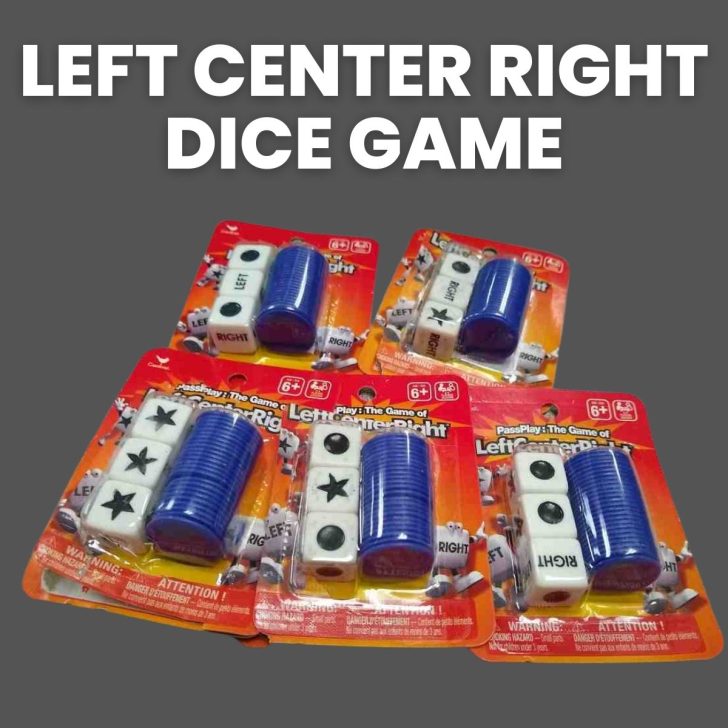
- Printable Venn Diagram Template

- Hex Nut Probability Activity
- Mystery Box Probability Activity
- Blocko Probability Game
- Free Printable Farkle Score Sheet (with Scoring Guidelines)
- Probability Bingo Game
- Russian Fable for Marriage Probability Activity
- Probability Activity with Cuboctahedrons
- Teaching Probability with Deal or No Deal
- Greedy Pig Dice Game for Practicing Probability
- Probability Game


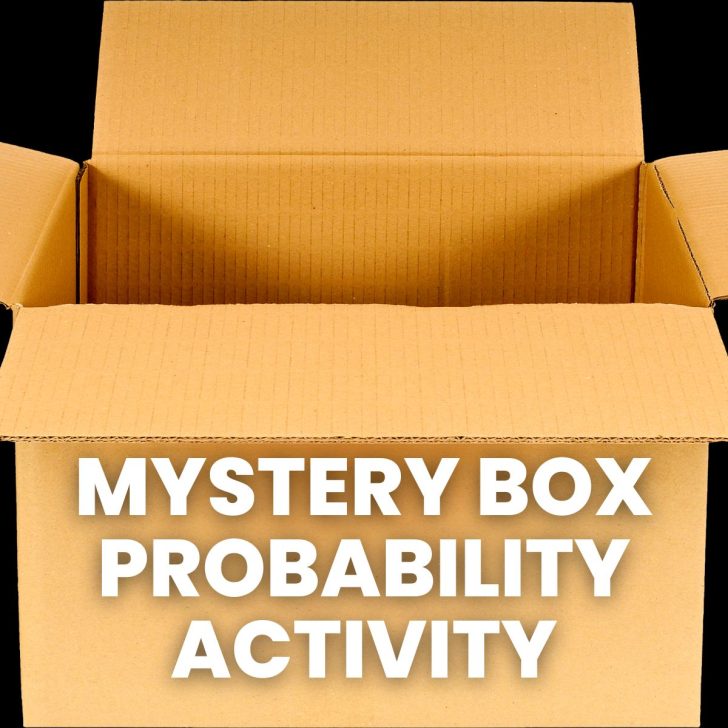
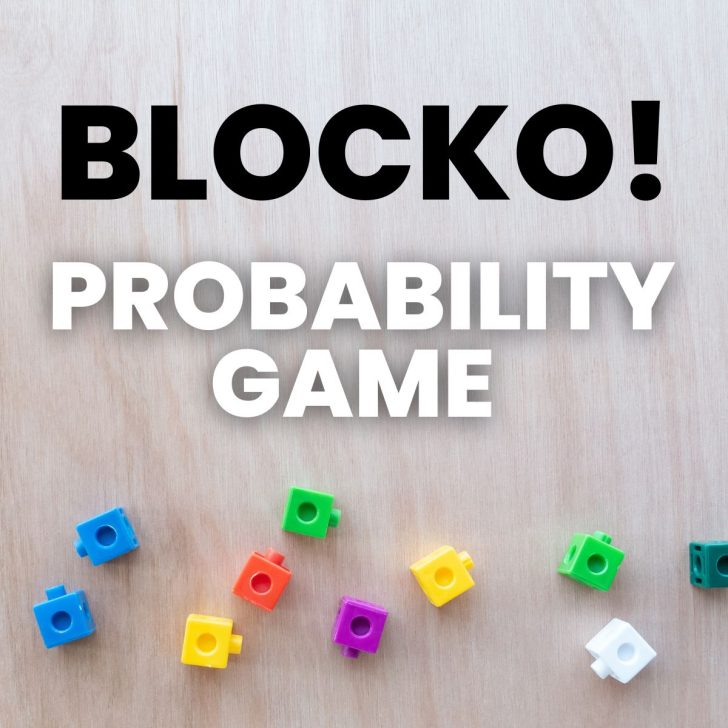
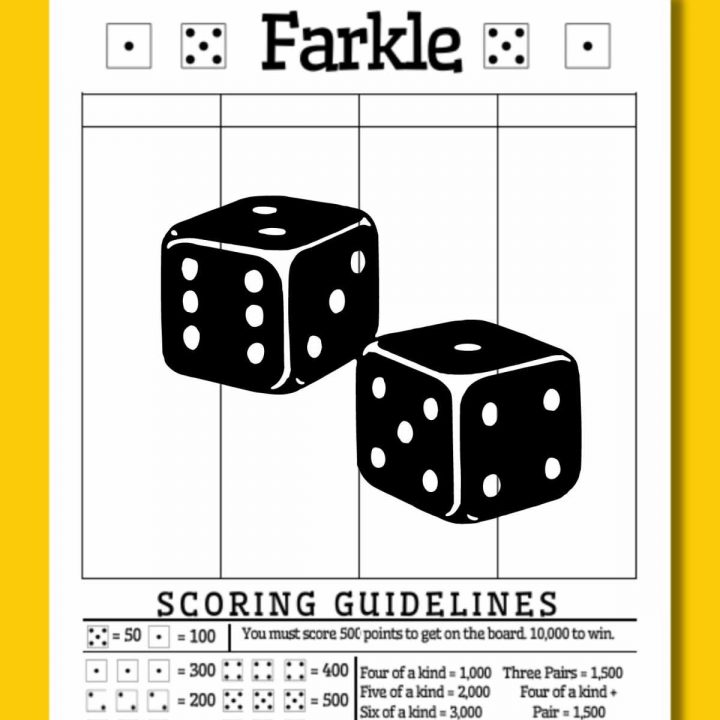
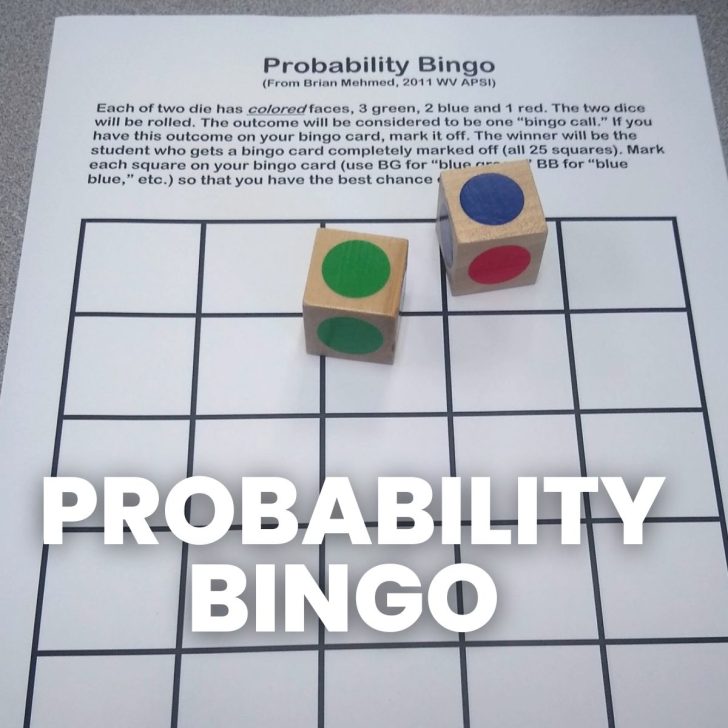
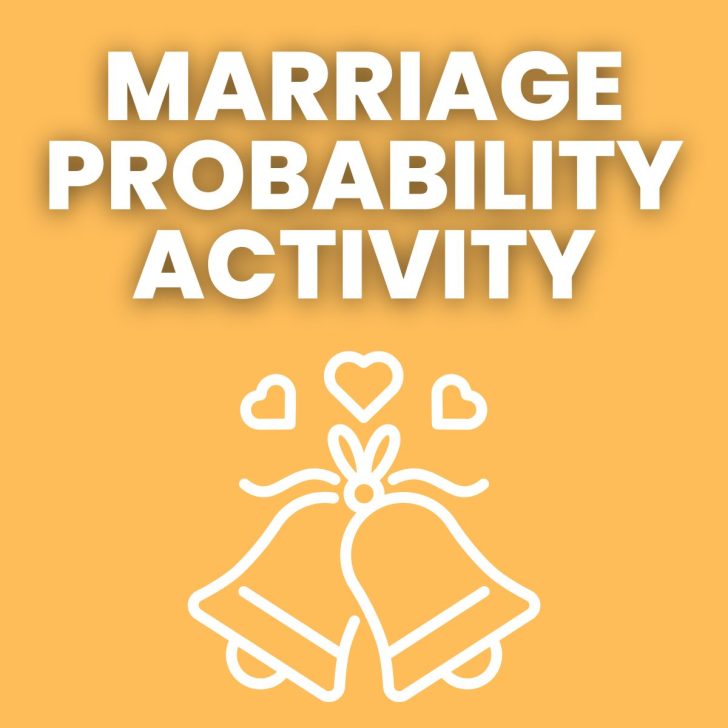

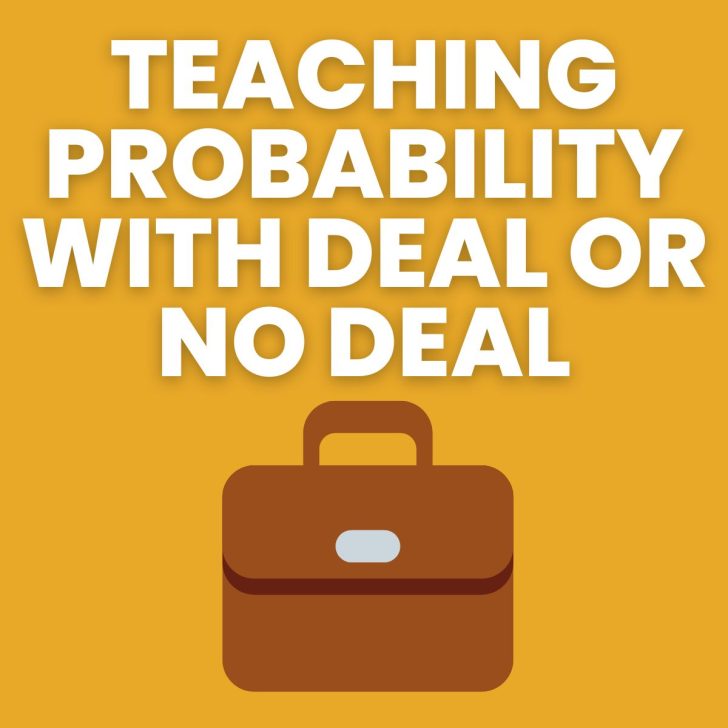
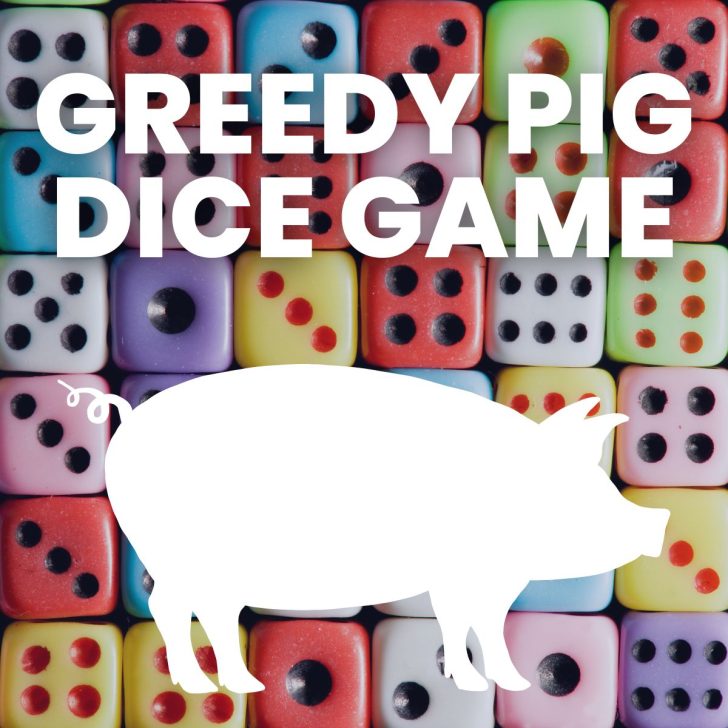
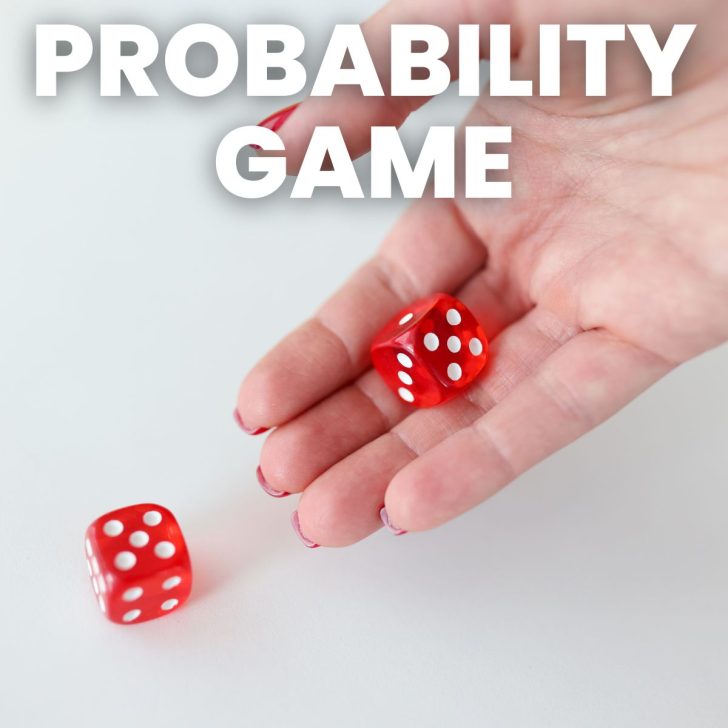
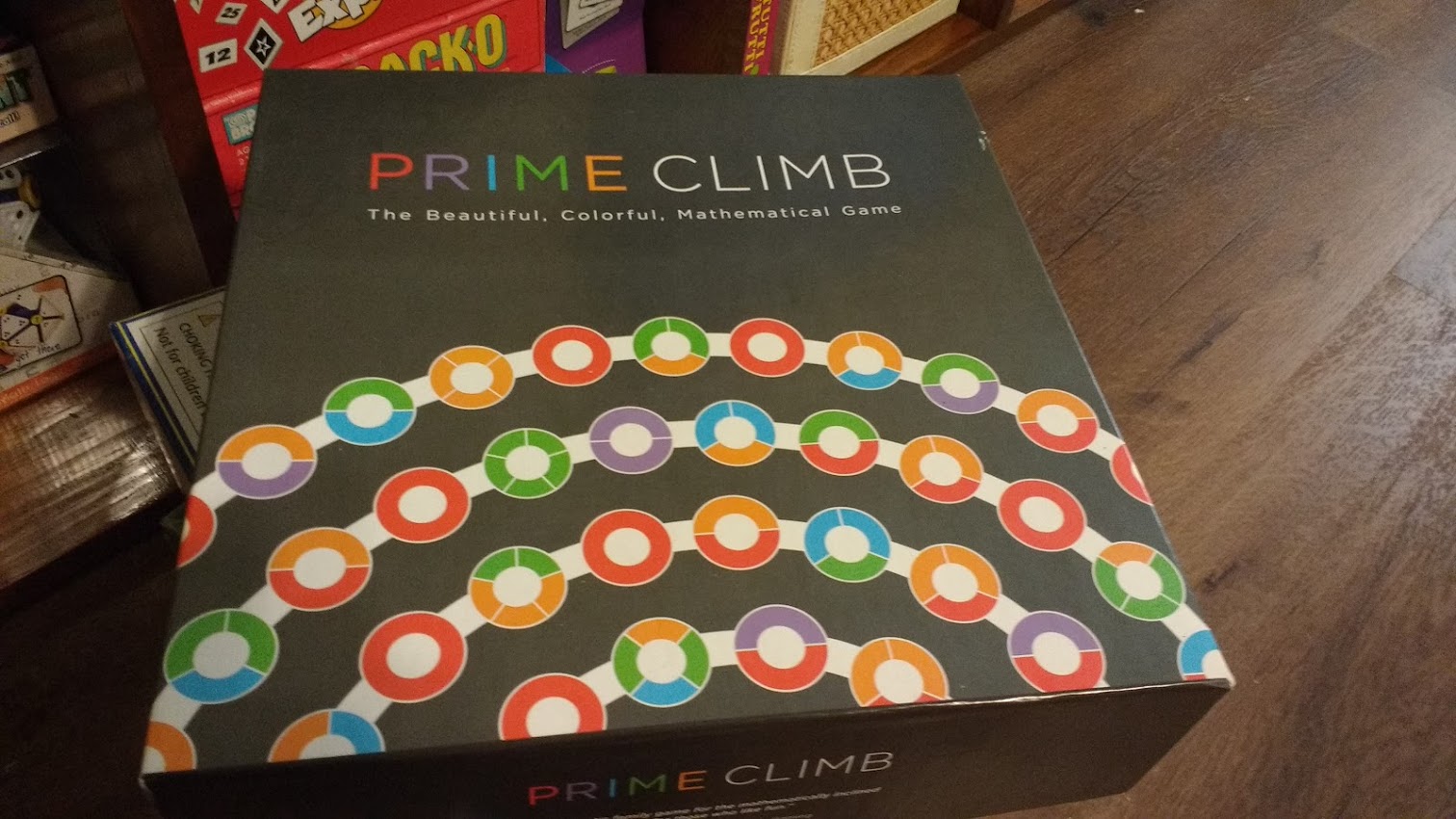


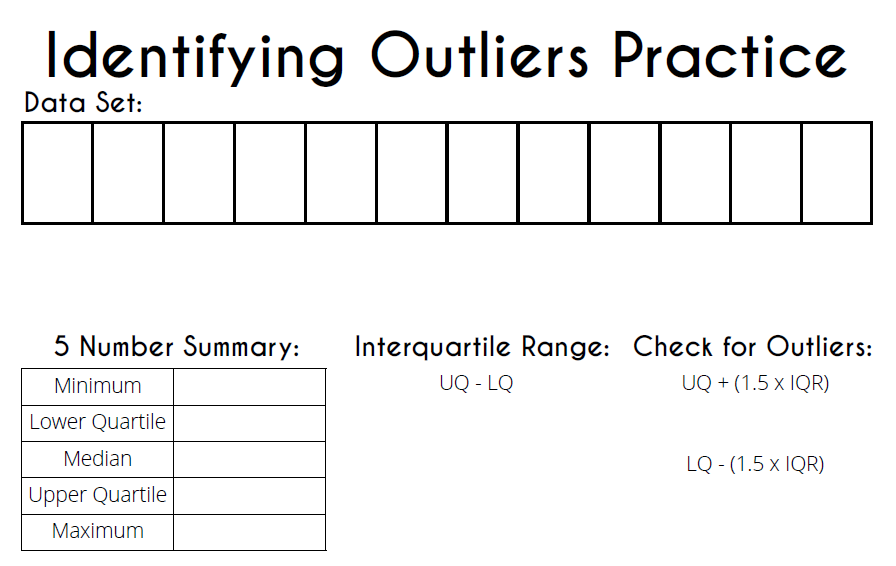
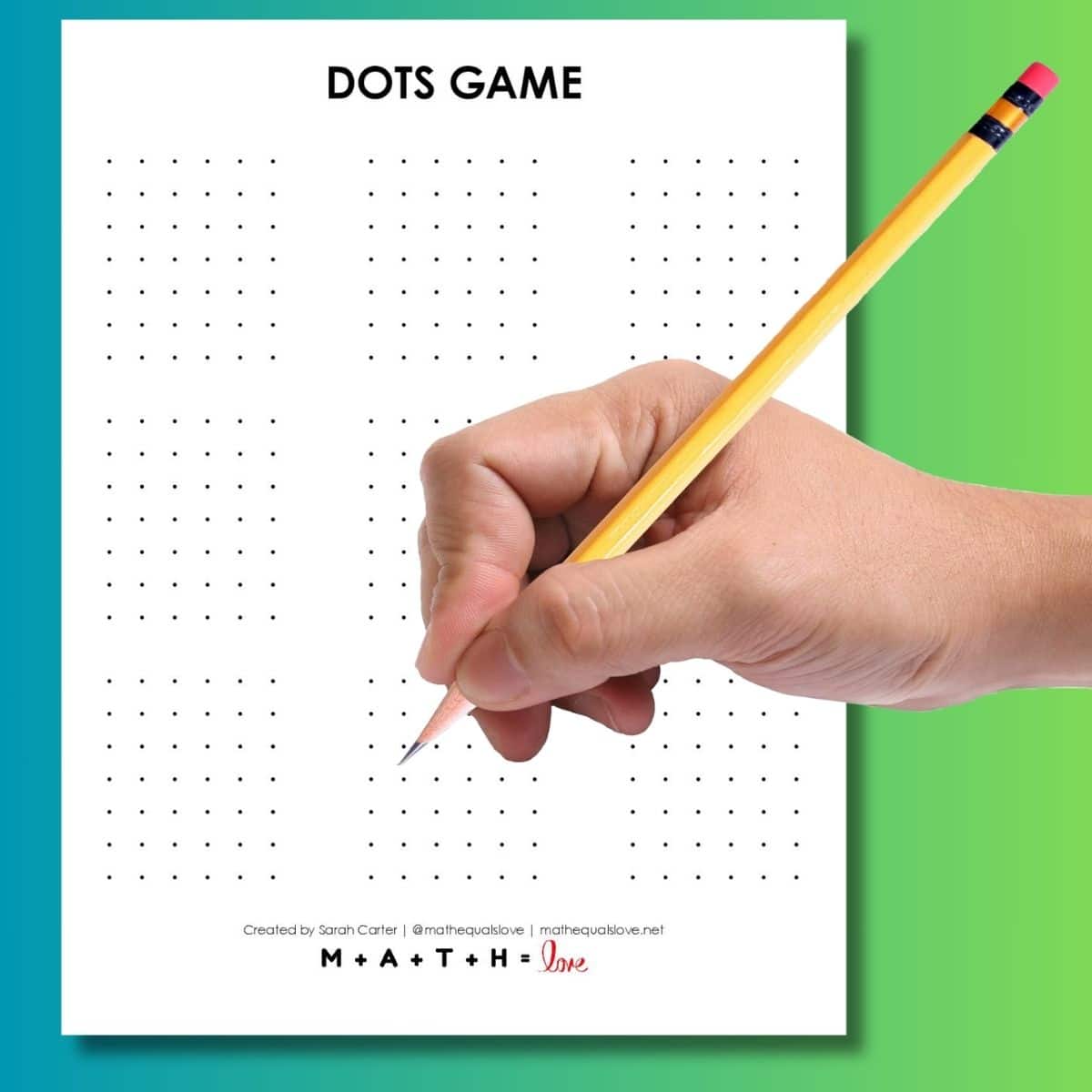
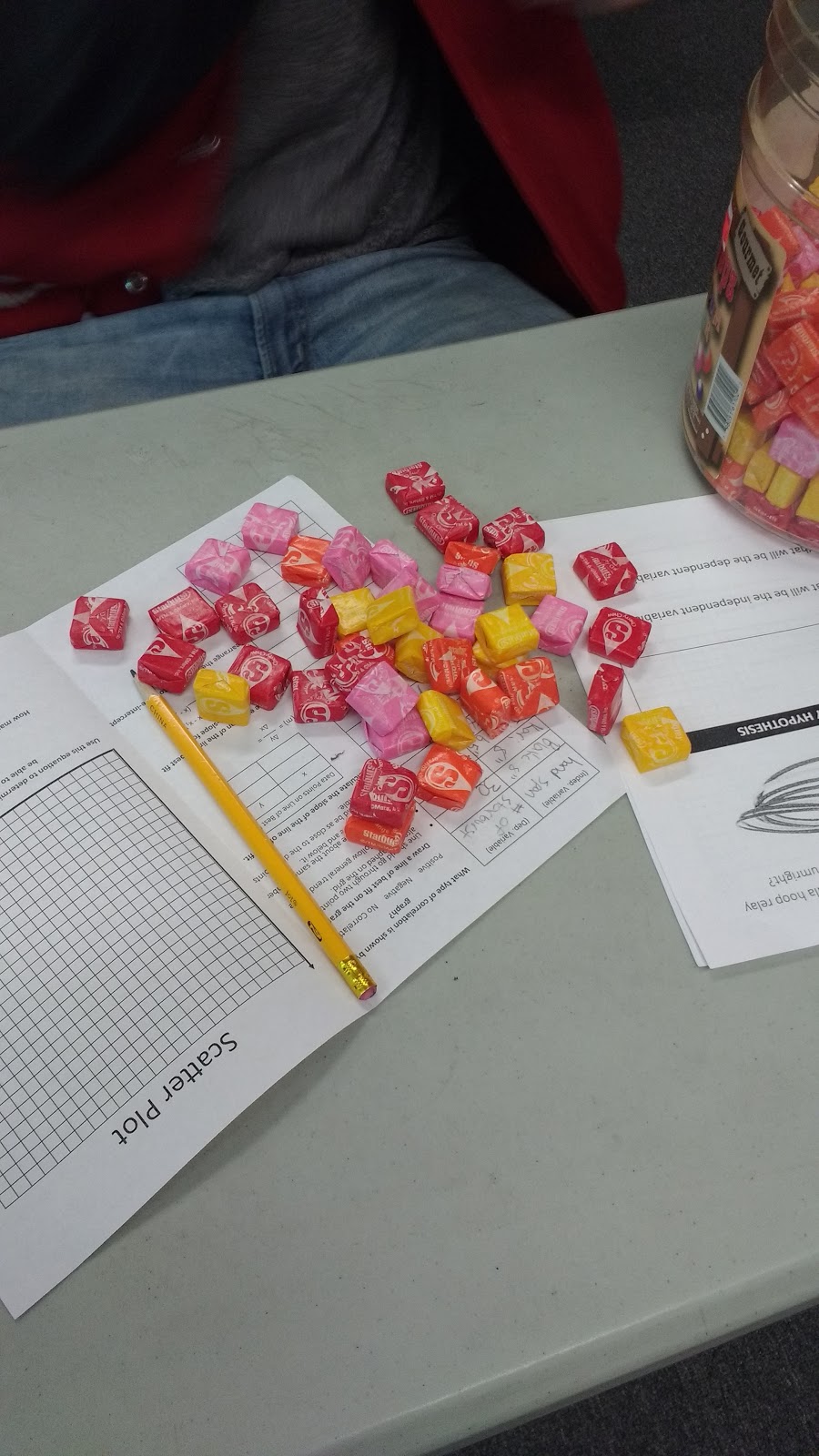
I've also used this in AP Stat to gather data for graphing, etc. The kids LOVE it!
I must have absorbed this game at some point without realizing it … I started reading and said to myself "hey, I play a version of that game with the same name even …." I teach high school, I use two different dice such as a d20 and a d6. The d6 is a 'negative die' and the d20 is the 'positive die.' Start the game by rolling only the positive d20 and write the number on the board. Any student who wants that as his score stays seated and writes it on their paper; everyone else stands up. Then start rolling both dice and update the score after each roll, the score generally increases but can go down if the d6 shows a number greater than the d20. A student can sit down after each roll and record the current score from the board. If the dice cancel to zero, anyone standing must sit down and record a score of zero. Once you get to two people standing and one sits, the other can also sit or accept the results of one last roll before sitting. After three rounds, the player(s) with the top score get a small scoop of Skittles or something as a prize. Can usually squeeze in a few rounds and some discussion into a period – they'll then sometimes ask to play more with "extra time." Occasionally, a class won't get into it as much for whatever reason, but in most the competition and evolution of strategies is interesting to watch.